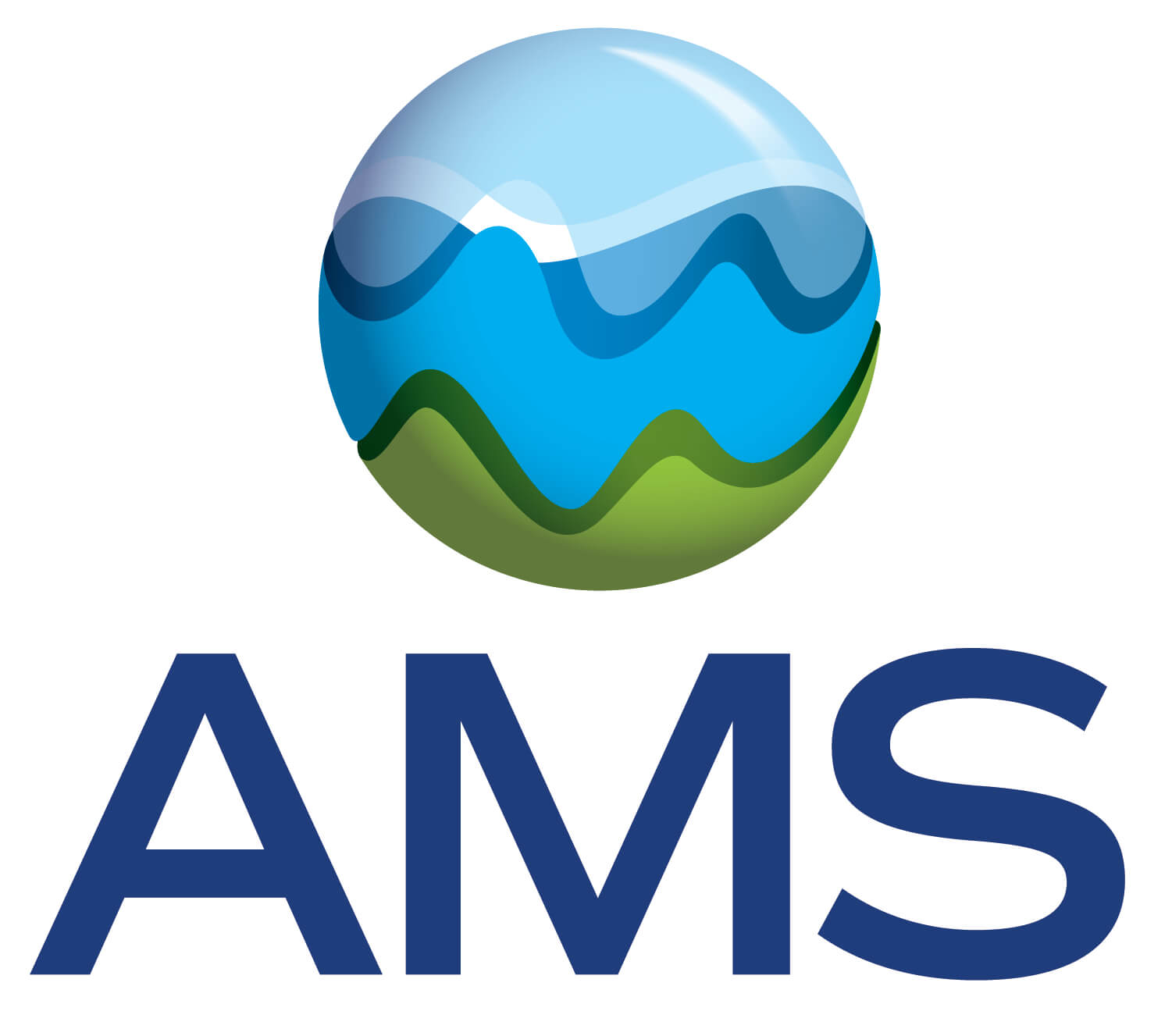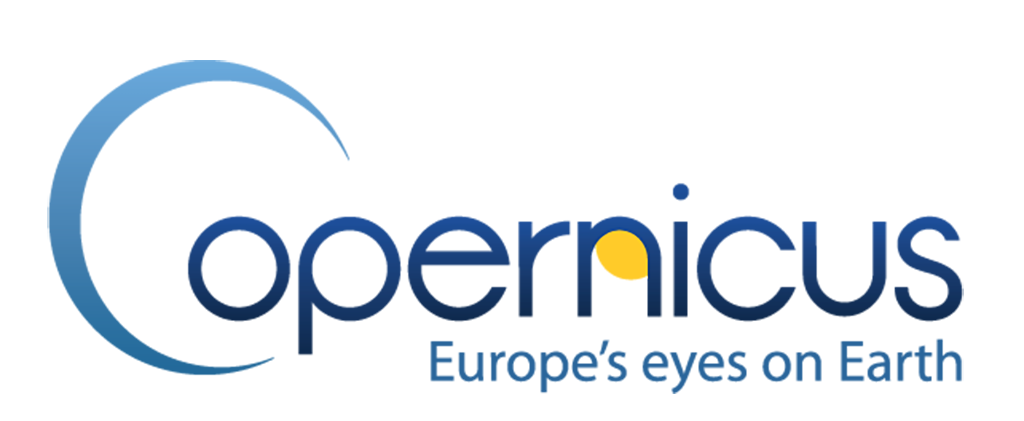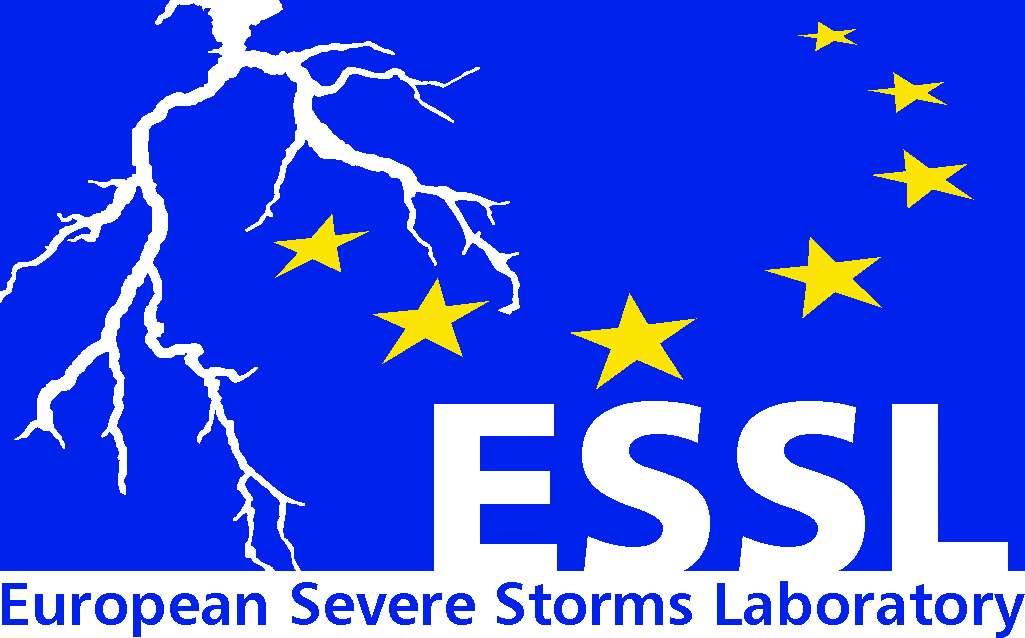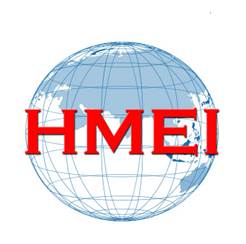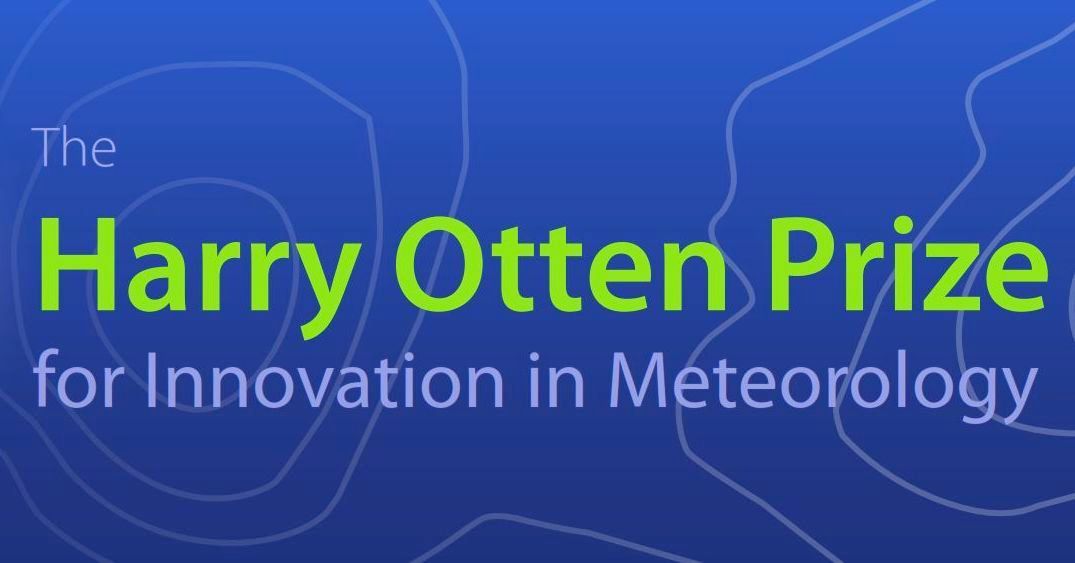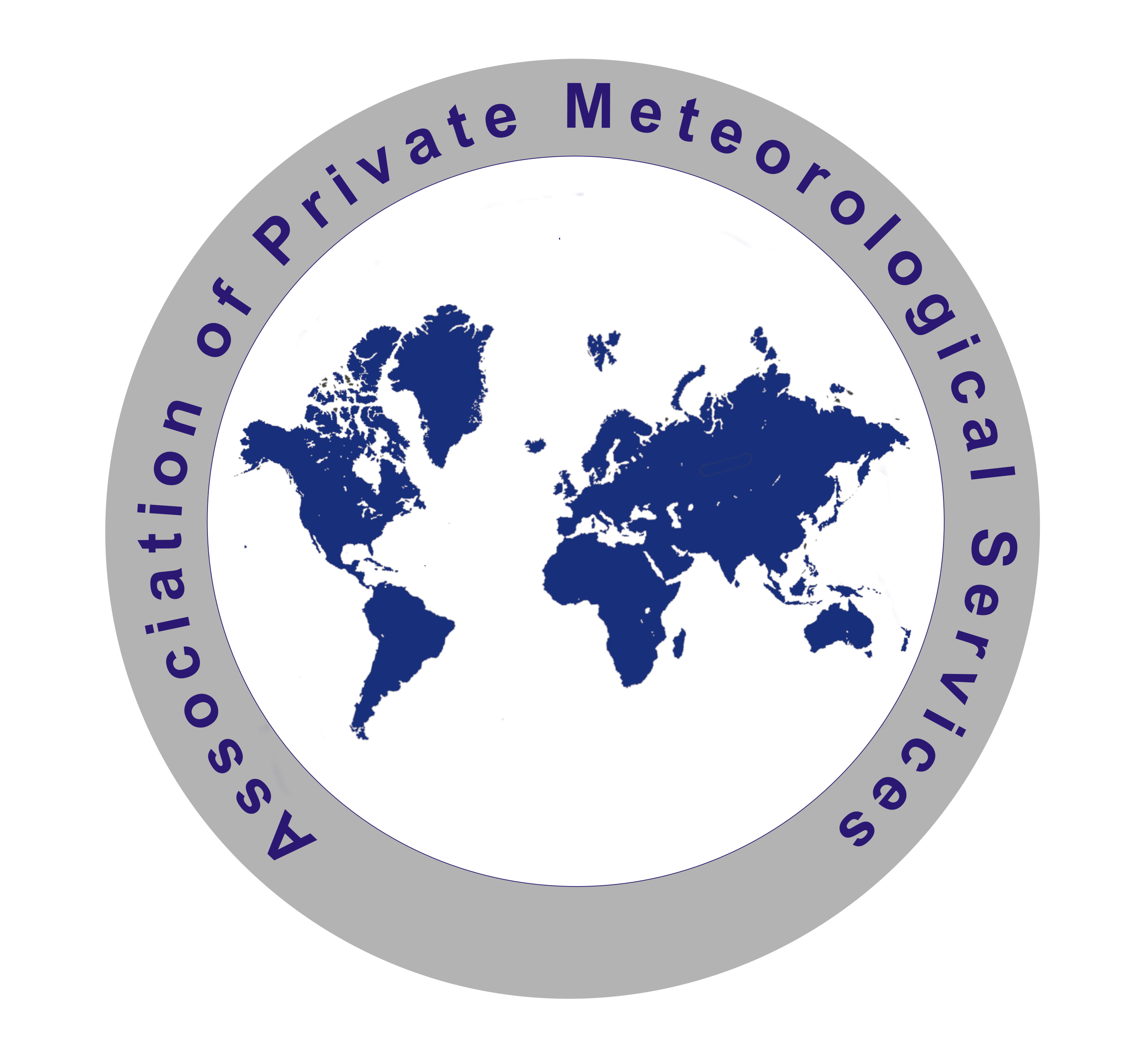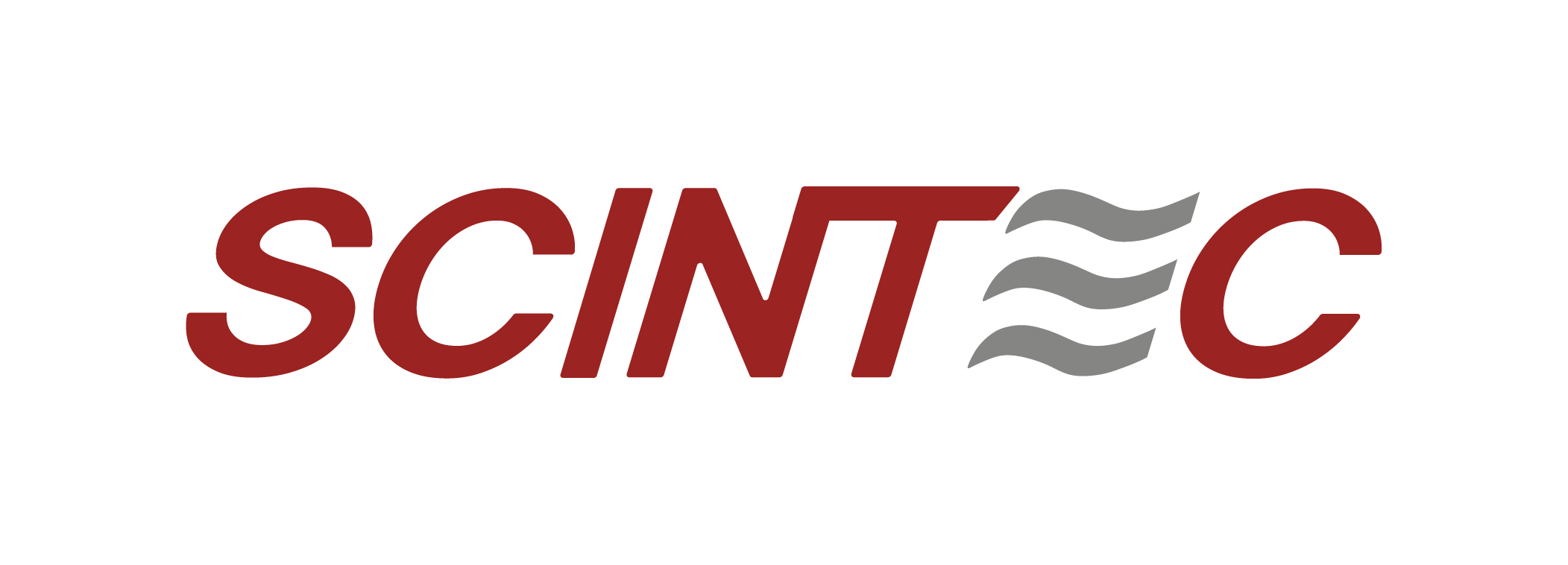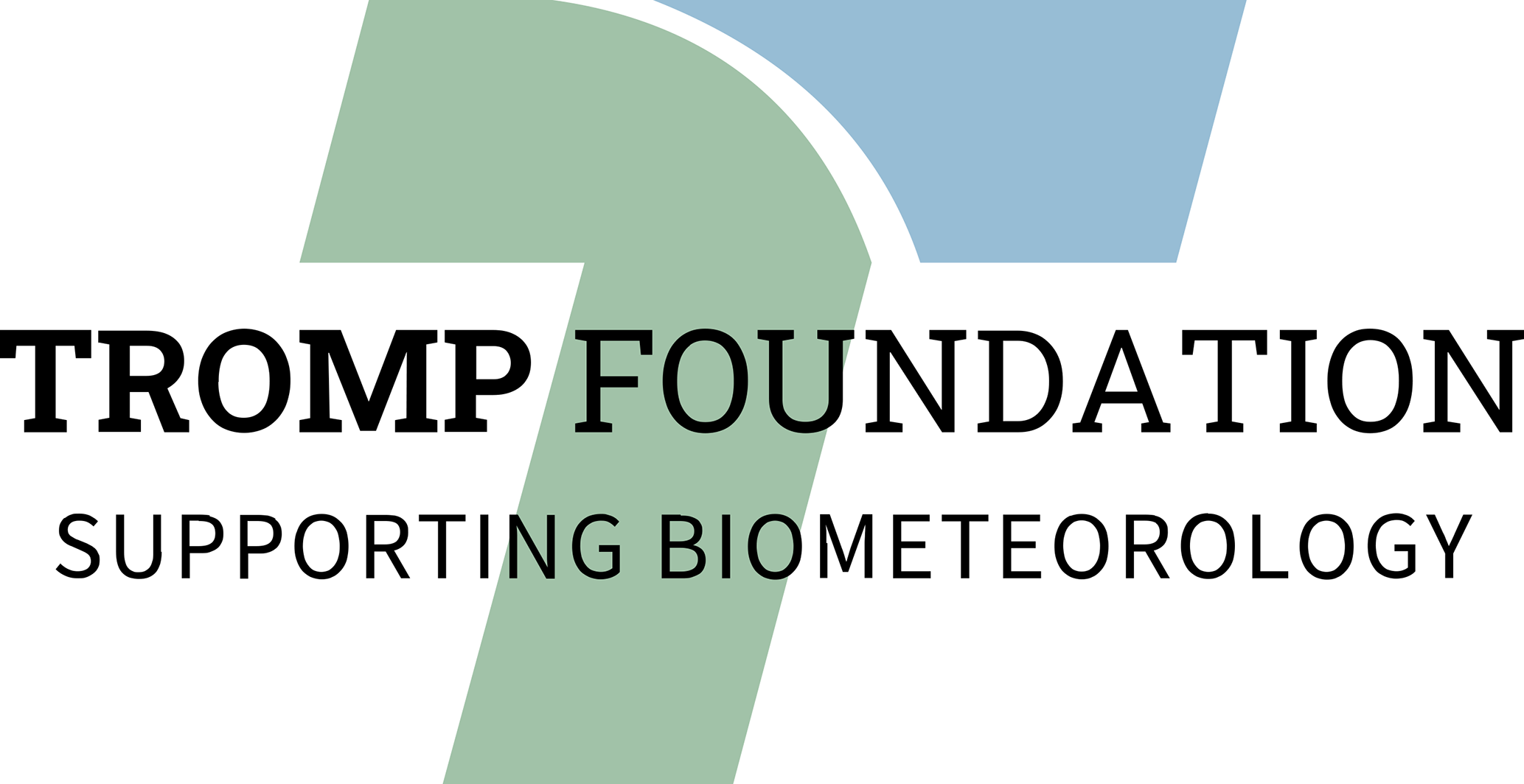Exploring the relationships between satellite-observed cloud albedo and ERA5 variables to improve data driven short-term irradiance forecast
- 1LMD/IPSL, École Polytechnique, Institut Polytechnique de Paris, ENS, Université PSL, Sorbonne Université, CNRS, Palaiseau France
- 2TotalEnergies, 91120 Palaiseau, France
- 3Mines-Paris PSL, OIE, Sophia-Antipolis, France
Surface solar irradiance short-term forecasts (up to 6h) are crucial for solar energy-related applications, including energy trading, grid management, and energy storage solutions.
Operational current forecasting methods for this time horizon are based on meteorological satellite imagery analysis. However, some atmospheric processes, such as the early stages of convection or cloud dissipation, cannot be considered if the forecast model depends solely on this type of observation. As a result, these processes are ignored, leading to significant forecast errors.
The objective of this study is to identify the NWP output variables that most significantly influence the evolution of satellite-observed cloud albedo at few hours scale. The findings are expected to facilitate the integration of these variables as ancillary inputs in a deep-learning-based forecasting model, which could improve the performance of intraday forecasts based on satellite imagery.
In this work, we explore the relationship between cloud albedo derived from the HRV channel of the Meteosat Second Generation’s (MSG) SEVIRI instrument and meteorological variables from the ERA5 reanalysis, specifically focusing on the Paris, France, area. A preliminary exploratory data analysis is conducted to highlight the specific context of the study, using descriptive statistics and visual representations.
Subsequently, we implement an XGBoost model to forecast cloud albedo, identifying the meteorological variables that most effectively contribute to the estimation under varying cloud regimes, meteorological situations and seasonal variations.
The findings of this study reveal significant variability in the predictability of cloud albedo when using certain NWP outputs, particularly under specific cloud regimes such as low clouds. This analysis has enabled us to select a restricted group of variables, including total column water and surface pressure, which were the most influential in forecasting cloud albedo, reducing the need for costly extensive experimentation with different variable configurations in a future deep learning forecasting framework.
How to cite: Chea, N., Cros, S., Tuomiranta, A., Badosa, J., Meddahi, A., Haeffelin, M., and Guillon, S.: Exploring the relationships between satellite-observed cloud albedo and ERA5 variables to improve data driven short-term irradiance forecast, EMS Annual Meeting 2024, Barcelona, Spain, 1–6 Sep 2024, EMS2024-699, https://doi.org/10.5194/ems2024-699, 2024.

